In the miserable January days, summer seems like a lifetime away. But have hope, the world keeps turning, and until those warm rays start breaking through the clouds, you can distract yourself by preparing for brighter days.
As such, now could very well be the time to start using any new gardening gifts you received for Christmas and thinking about what you want to grow in your garden in 2025. There are many reasons why you should get your hands dirty in the garden: helping the environment, keeping yourself active, saving a little money on produce, and creating a beautiful space that benefits both wildlife and your wellbeing.
But aside from the staple vegetables like cabbage and carrots, or familiar flowers like marigolds and pansies, how can you add a little excitement and intrigue to see you through ’till summer?
Here’s how; our 12 ideas for unusual plants and produce to grow in your garden this year – from quirky vegetables that’ll revolutionise your cooking to show-stopping plants that’ll be the envy of your neighbours.
Allium ‘Globemaster’
Want to add a touch of the spectacular to your garden? These architectural stunners produce enormous purple spherical blooms that look like they’ve landed from outer space. Standing tall and proud on sturdy stems, Globemaster alliums create a dramatic display that even the most seasoned gardeners will envy.
Plant the bulbs in autumn in well-drained soil, sit back, and watch these beauties emerge in late spring. They’re absolutely perfect for contemporary gardens and, better still, they’re completely deer and rabbit resistant. Once established, they’ll return year after year, bringing their otherworldly charm to your borders.
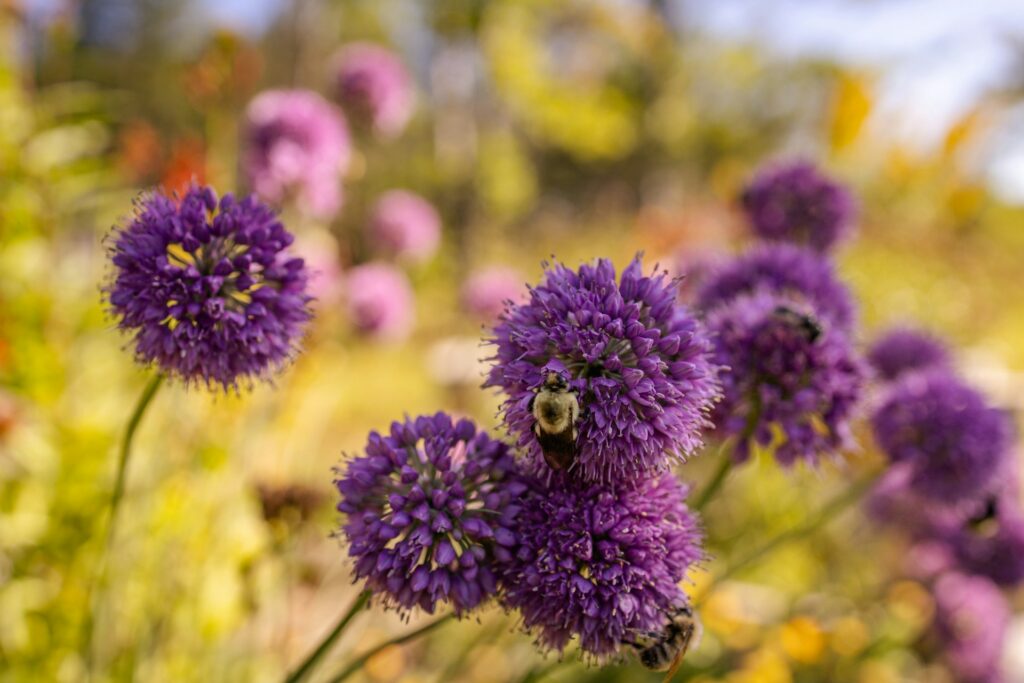

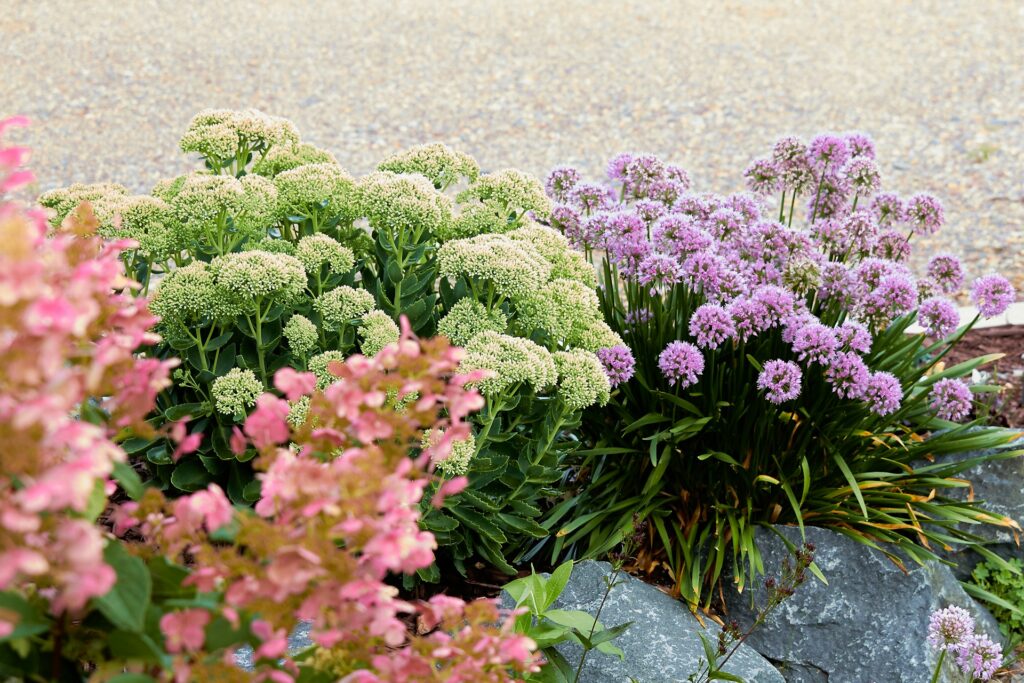
When to sow: September-November
When to reap: May-June (the rewards of your patience)
Strawberry Spinach (Chenopodium Capitatum)
The quirky strawberry spinach plant produces edible and vibrant red berries from its spinach-like leaves, which when ripe can have a flavour akin to watermelon. It can be sown directly from March and benefits from moist soil with plenty of sunshine. If you leave a few of the fruits on the plant as they come to the end of the season, they’ll also self-seed for next year. Result!
When to sow: March-April
When to reap: June-August (the fruits of your labour)
Crown Prince Squash
A keen favourite among seasoned growers, the crown prince isn’t necessarily as well-known to the majority of us. This product, with its steel blue skin and bright orange flesh, has a nutty, honey-like depth and smooth, pudding-esque flesh. Much like many of its siblings in the squash family, it’s perfect to add to any roast. Plant it in May and have it ready to harvest in August/September time. Oh yes.
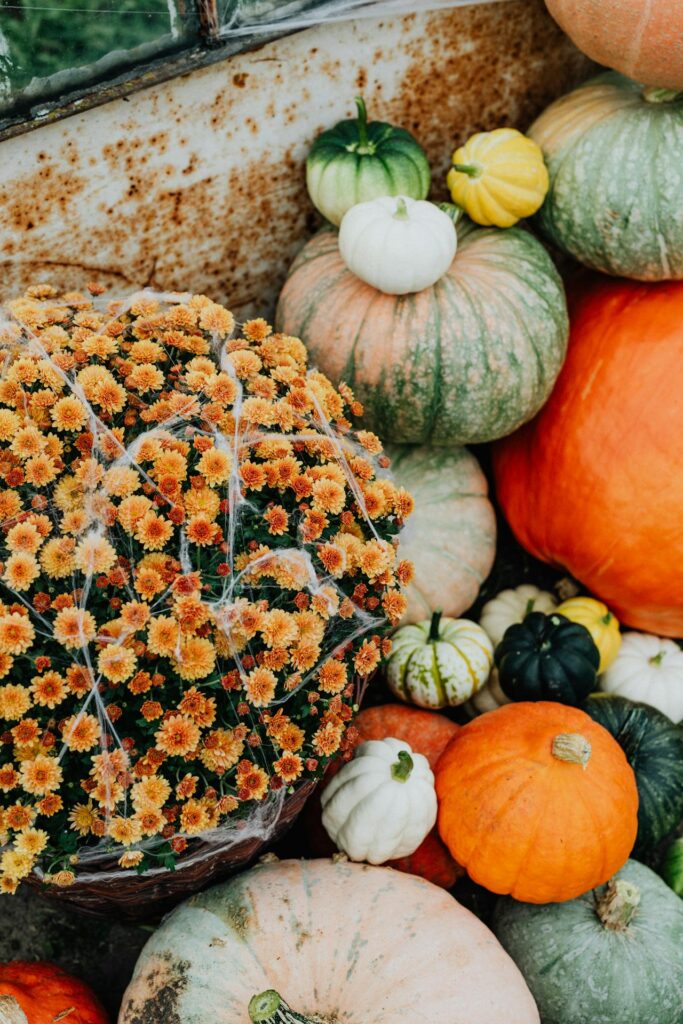
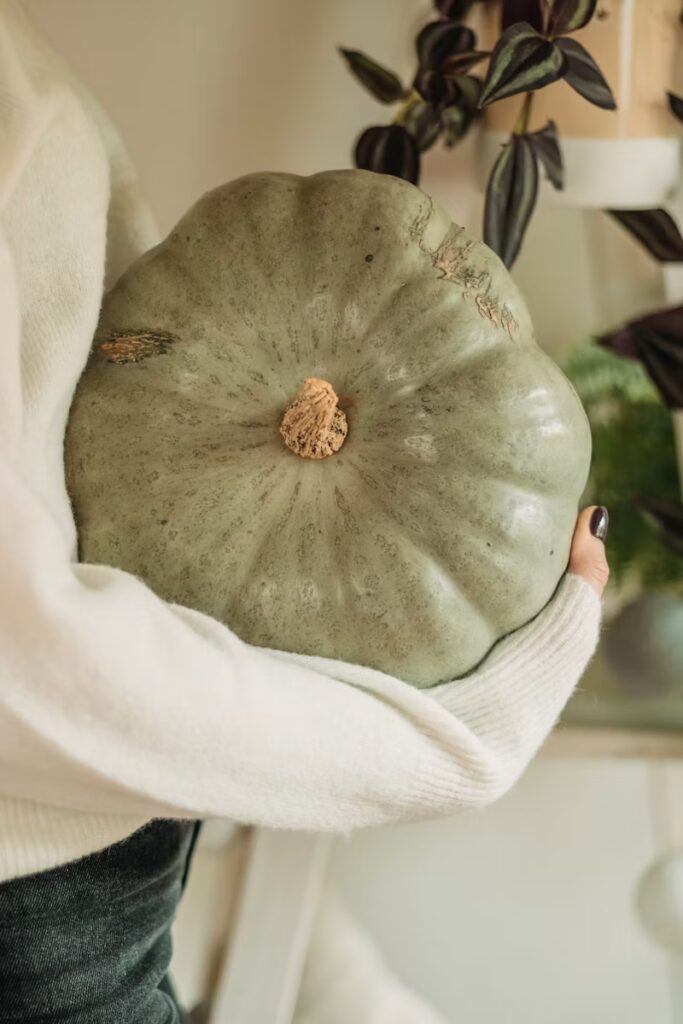
When to sow: April indoors, May out
When to reap: August-September (your royal harvest)
Hellebores
Fondly known as the ‘Christmas Rose’ (though they’re not actually roses at all, and Christmas is now behind us), hellebores are the garden heroes of winter. When everything else is looking rather sad and sorry for itself, these magnificent plants burst into bloom with flowers in shades of white, pink, purple, and even slate-black.
Plant them in dappled shade beneath deciduous trees, and they’ll reward you with nodding flowers from January through to spring. They’re particularly brilliant for naturalising in woodland gardens, and their evergreen foliage provides year-round interest. Top tip: plant them where you can see them from your windows – they’ll cheer up even the dreariest winter morning.

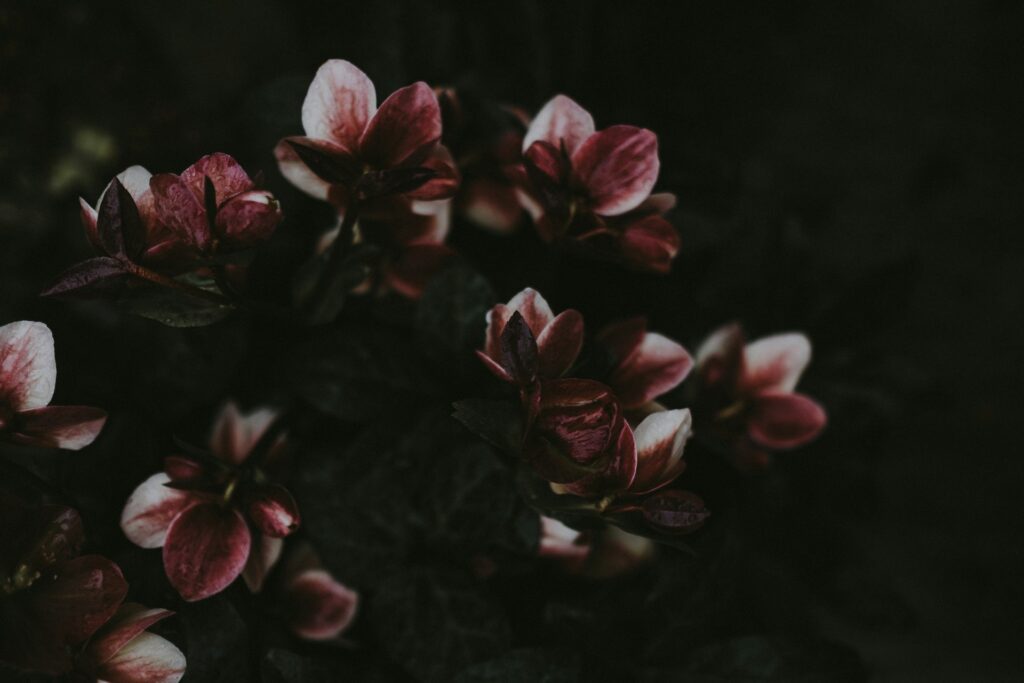
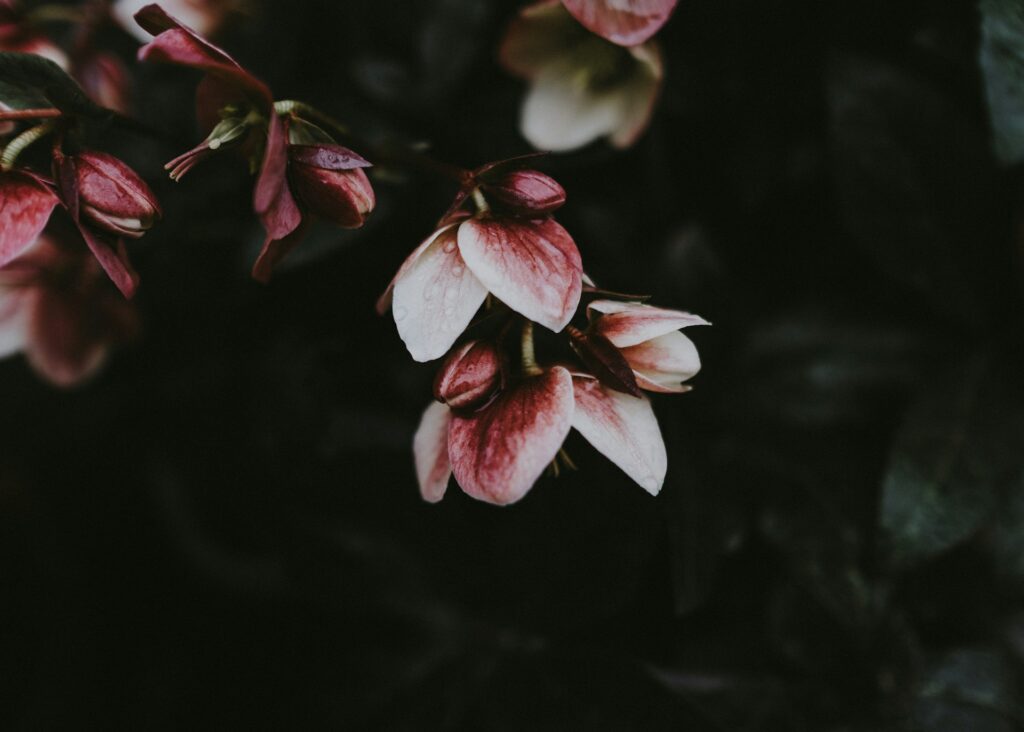
When to sow: June-August
When to reap: December-March (winter’s hidden treasure)
Echinacea ‘Green Jewel’
Fancy something a bit different from the usual purple coneflowers? ‘Green Jewel’ is your answer. While this variety might sound exotic, it’s actually readily available from specialist suppliers’ collections like the Johnson’s flower seeds range, and easy to grow in UK gardens. This unusual variety sports lime-green petals surrounding a matching green cone, creating a sophisticated, almost ethereal presence in the garden.

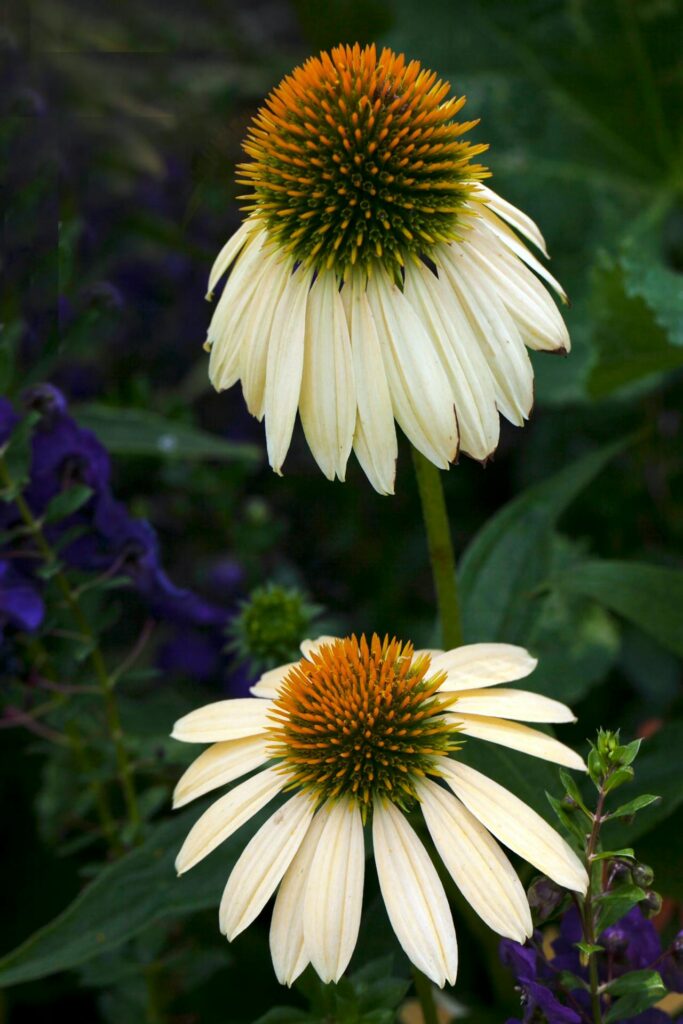
Beyond its obvious ornamental value, it’s also a brilliant addition to your herb garden – echinacea has been used for centuries for its immune-boosting properties. Plant in full sun in well-drained soil, and you’ll have a steady supply of flowers from July through to autumn. The seedheads look spectacular with a frost coating too, so leave them standing through winter.
When to sow: February-March indoors
When to reap: July-October (your green fortune)
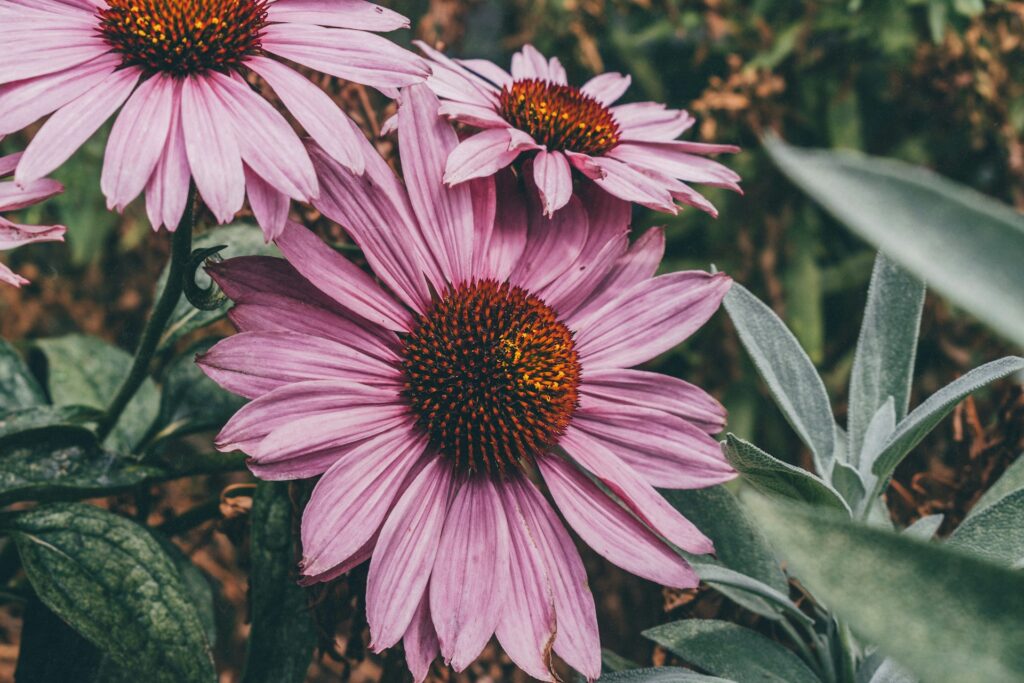
Borage
If you’re thinking about growing herbs, basil and coriander probably come to mind first; safe, delicious and versatile, there’s certainly no harm in these ever presents. But might it be interesting in 2025 to switch things up a little? If that appeals to you, then consider borage.
Perfect for adding to summer drinks and becoming an increasingly trendy ingredient in fancy restaurants across the country, you can freeze this edible flower into an ice cube and drop it in your favourite cocktail. Also known as ‘bee bread’ or ‘starflower’, this bright blue flower is equally suited to salads thanks to its salty flavour and cucumber-like odour.
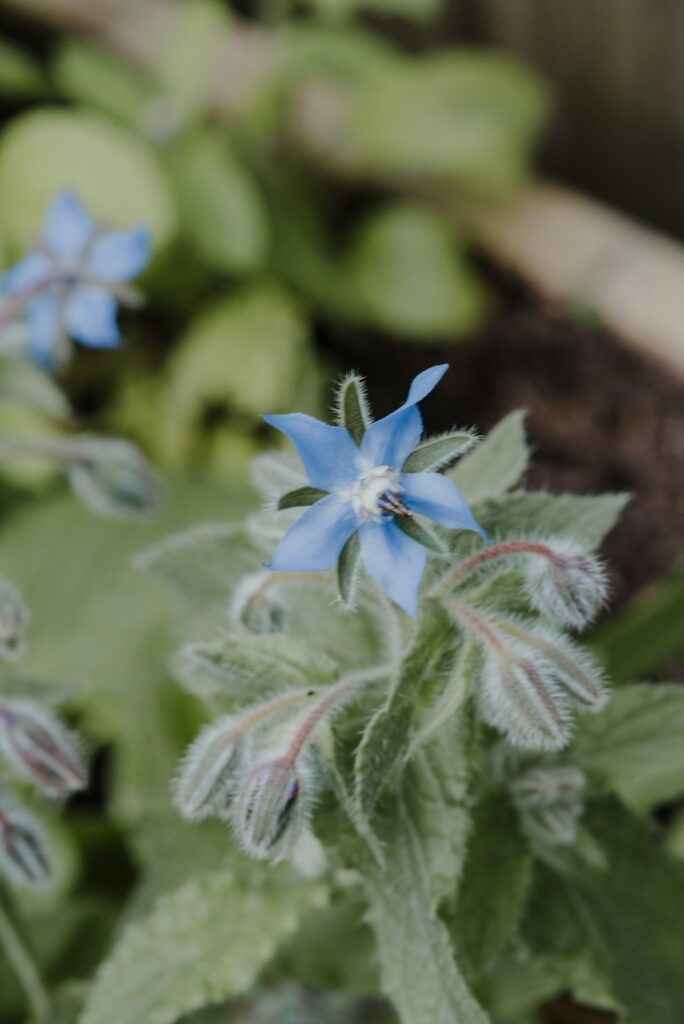

When to sow: March-May
When to reap: June-September (your blue bounty)
Wok Broc
Broccoli is a staple in good ol’ fashioned British roast dinners, but why not add a bit of Cantonese cuisine to your plate by the way of wok broc? Also known as Chinese broccoli, all parts of this quick-growing Asian delight are edible and perfectly suited to a salad — they have a similar taste to broccoli but carry a hint of kale, too.
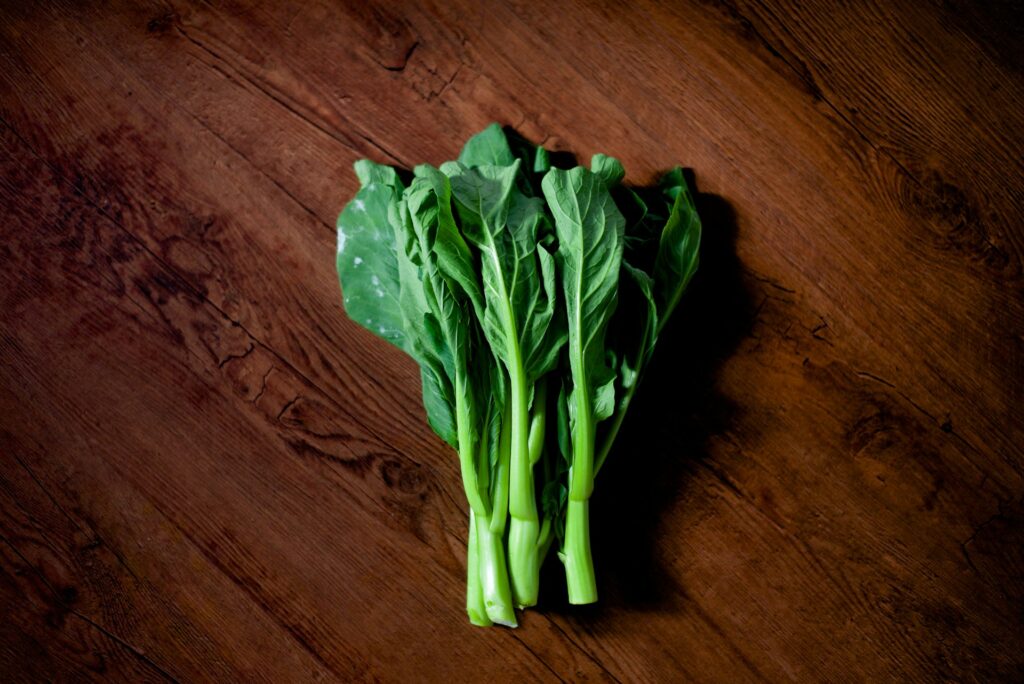
Better still, why not start growing them in the winter in your greenhouse and throw them into a stir fry, seasoned with oyster and soy sauce, with lots of red chilli and ginger? Delicious. From planting to plate in eight to 10 weeks; now those are some quick returns!
When to sow: Year-round
When to reap: 8-10 weeks after sowing (your speedy success)
Read: A beginner’s guide to professional-level stir-frying
Cucamelons
Quirky af cucamelons are also referred to as ‘mouse melons’ and can vine up anything vertical, growing to eight feet high on occasion. Getting its name from looking like a small watermelon, this fruit has a crunchy texture and refreshing mouthfeel perfect for pickling.
It’s important to plant these guys in a sunny spot shielded from wind. Also, be sure not to leave them on the vine too long as this can make the skin become tough. It’s also worth noting their health benefits; cucamelons are rich in the heart-improving antioxidant lycopene, as well as vitamin K, E and C!
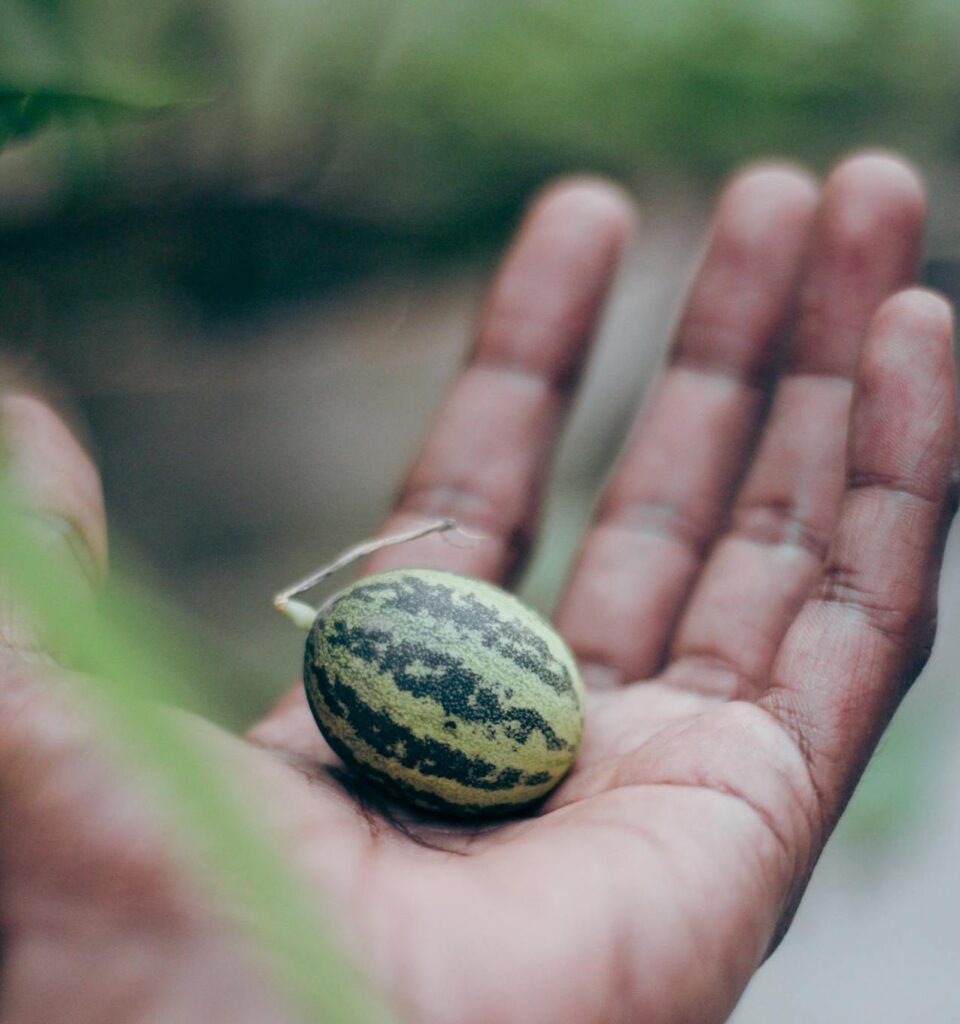
When to sow: April indoors
When to reap: July-October (your miniature marvels)
Red Rubine
Brussel sprouts are another staple on our roast dinners, especially around Christmas, and seem to be enjoying a moment of well earned popularity right now. But why not bring something different to the table with red rubines? These sprouts pack a deep reddish-purple colour, making them a very ornamental figure in the veg garden. Ideally, you’d grow these in beds and borders with access to plenty of sunshine.
When to sow: March-April
When to reap: October-December (your purple prizes)
Digitalis ‘Illumination Pink’
Here’s something to get excited about – forget everything you know about traditional foxgloves! This stunning hybrid combines the best of both worlds with exotic-looking blooms in peachy-pink shades that flower for months on end.
Unlike its wild cousin, ‘Illumination Pink’ is sterile, which means it puts all its energy into flowering rather than setting seed. The result? A foxglove that blooms from June right through to October. Plant in partial shade or full sun in rich, well-drained soil, and prepare to be dazzled. It’s particularly brilliant for adding height to cottage garden borders and works beautifully with roses and salvias.
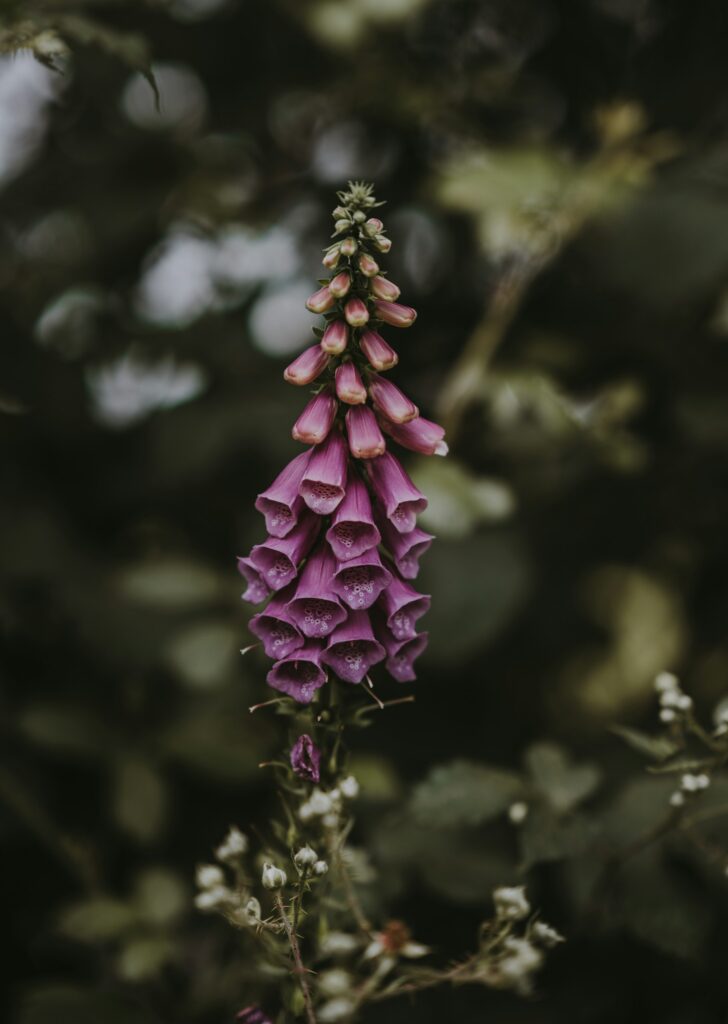
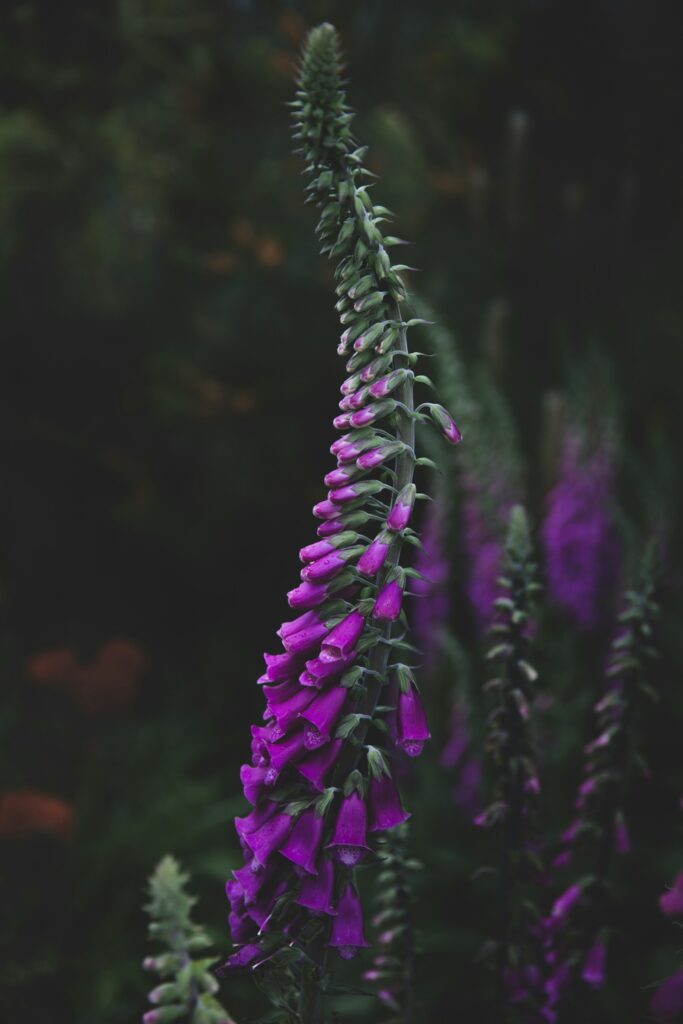
When to sow: February-March indoors
When to reap: June-October (your towering triumph)
Persicaria ‘Red Dragon’
Looking for something to add drama to a shady spot? Meet Persicaria ‘Red Dragon’, a foliage plant that packs such a punch you won’t miss flowers one bit. Its purple-red leaves are marked with a distinctive V-shaped chevron pattern, creating interest from spring right through to the first frosts.
This tough cookie will grow practically anywhere (yes, even in that tricky north-facing border), forming neat clumps that suppress weeds and provide groundcover. In late summer, it produces delicate sprays of tiny white flowers, but let’s be honest – it’s those amazing leaves we’re after. Perfect for adding a tropical feel to your garden without any of the tropical tantrums!
When to sow: Spring division
When to reap: Year-round foliage (your endless entertainment)
The Bottom Line
Growing something a bit different in your garden isn’t just about being quirky – it’s about discovering new flavours, creating unexpected beauty, and bringing a sense of adventure to your growing space.
Whether you’re harvesting peculiar purple sprouts for your Sunday roast, freezing bright blue borage flowers for your G&T, or watching in wonder as your Allium ‘Globemaster’ creates an architectural display worthy of the Chelsea Flower Show, these unusual varieties will transform your garden from ordinary to extraordinary.
The joy of gardening lies not just in the harvesting or the flowering, but in the whole journey of nurturing something unique. So this year, why not step out of your comfort zone? Your garden (and your dinner guests) will thank you for it.





